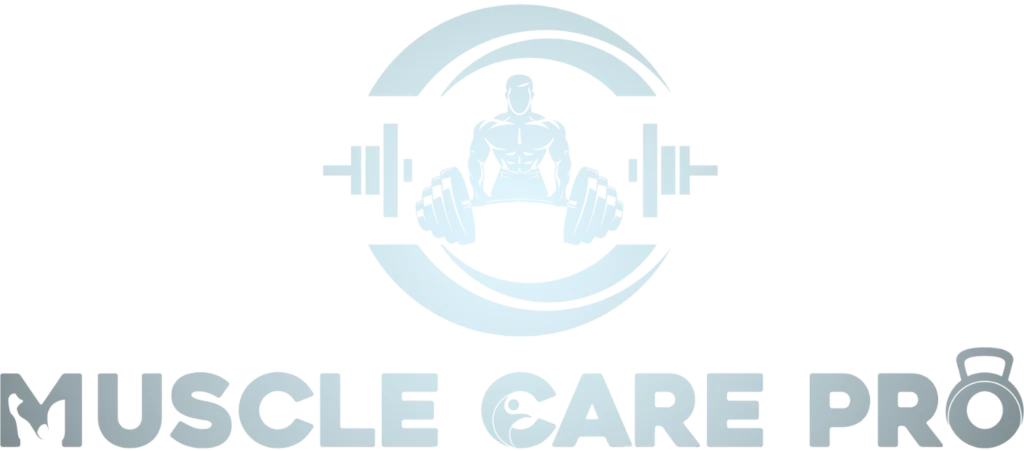What Type of Muscle Tissue Is Found in the Tongue?
The tongue is an organ of many purposes, and it is particularly important in speech, taste, and deglutition. Knowing what type of muscle tissue is present in the tongue explains the functional and structural marvel that the tongue has. Therefore this article describes the particular muscle tissue of the tongue, its mechanism of action, and its special features in the human organism.
The Anatomy of the Tongue
The Layers of the Tongue
The tongue can be defined as a muscular structure that consists of many layers performing different functions. The outermost layer of the tongue consists of a mucous membrane that protects the underlying muscles.
Muscle Tissue in the Tongue
What muscle tissue is in the tongue? The structure of the tongue is mostly made up of striated muscle tissues. But what is more interesting in a tongue’s anatomy is that it has both intrinsic and extrinsic muscles thereby increasing its flexibility and accuracy.
Intrinsic vs. Extrinsic Muscle Tissue
Intrinsic Muscle Tissue
The fine adjustments and configuration of the tongue is facilitated by the intrinsic muscles. These muscles are contained within the tongue, and have the following components:
- Superior longitudinal muscle
- inferior longitudinal muscle
- Vertical muscle
Extrinsic Muscle Tissue
The tongue is facilitated by a slew of muscles that help in moving and anchoring it to the surrounding structures. The following are the extrinsic muscles:
- Hyoglossus
- Styloglossus
- Palatoglossus
Both types of muscle, intrinsic and extrinsic, are made up of skeletal muscle tissue and yet serve different purposes, reinforcing the idea that the tongue is more complex than it appears.
How Does Skeletal Muscle Function in the Tongue?
Voluntary Control
It is one of the characteristics of skeletal muscle tissue that can be controlled volumetrically. To put it differently, we can, for example, easily maneuver our tongue, to do activities such as talking, eating, or making a certain sound.
Unique Arrangement
The muscle groups that make up the tongue are structured tightly in a criss-cross manner which allows great flexibility and strength.
Functions of the Tongue’s Muscle Tissue
Speech and Communication
Muscle Tissue of the Tongue assists in producing speech sounds, word formation, and even the modulation of pitch and tone.
Chewing and Swallowing
Muscle tissues are present in the tongue which aids in the movement of food turning it into a bolus ready for the passage down the esophagus.
Taste and Sensory Feedback
Although taste receptors are not present in muscles, the habitation of food within the boundary of the mouth is well-adjusted by the movement of the tongue.
Oral Health Maintenance
The normal exercises of the tongue facilitate the cleaning of the oral cavity, as well as the distribution of saliva, for the maintenance of oral health.
Disorders Related to Tongue Muscle Tissue
Muscle Weakness (Dysarthria)
Dysarthria involves loss of articulation because of weak muscles of the tongue. Greviy’s disease may also cause dysarthria.
Tongue Tie (Ankyloglossia)
This condition is characterized by a limited range of motion of the tongue resulting from a short frenum, thereby affecting communication and food intake.
Spasms or Tremors
Abnormal involuntary movements in the tongue muscles can be associated with certain diseases such as Parkinson’s.
Atrophy or Paralysis
Dysfunction in the tongue muscles especially reduces the ability to talk, eat, or drink.
Development and Regeneration of Tongue Muscle Tissue
Development in Infancy
The myogenic structure of the tongue starts to form well before birth giving the newborn the ability to suck and swallow.
Repair and Regeneration
There is some degree of self-healing capability of the skeletal muscles of the tongue. However, in the case of more serious injuries or diseases medical assistance may be necessary.
How Is Tongue Muscle Tissue Studied?
Medical Imaging
Diagnostic imaging techniques such as magnetic resonance imaging (MRI) and ultrasonography are employed to evaluate the muscles of the tongue both in terms of structure and functioning.
Electromyography (EMG)
This technique measures the electrical activity of the muscular tissues of the tongue which facilitates the process of diagnosing physical abnormalities.
Biomechanical Studies
The researchers study the functioning of muscles of the tongue and their relationships with the other movable structures during mastication and phonation.
Importance of Knowing What Type of Muscle Tissue Is Found in the Tongue
Appreciating what kind of muscle tissue is present in the tongue possesses practical importance in medicine, speech therapy, and dentistry. It aids:
- Evaluate and manage conditions
- Refine existing surgical approaches
- Create interventions for communication and eating disorders











